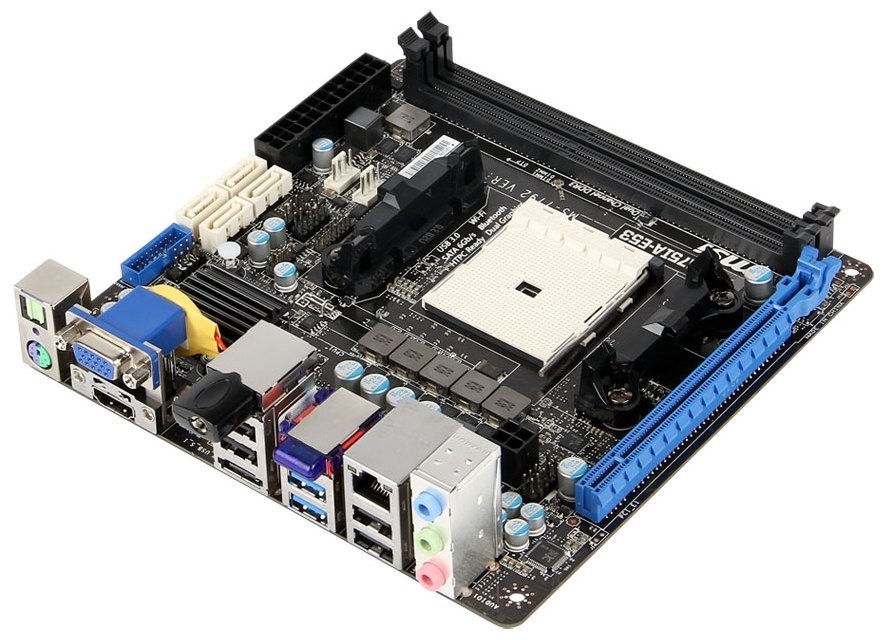The X99 chipset is a major improvement over X79 adding native USB 3.0 support, more SATA 6Gb/s ports, DDR4 support, and plenty of other little updates. Haswell-E also adds a lot of improvements, but has an overall drop in core frequency that makes it not as clearly better than Ivy Bridge-E.














